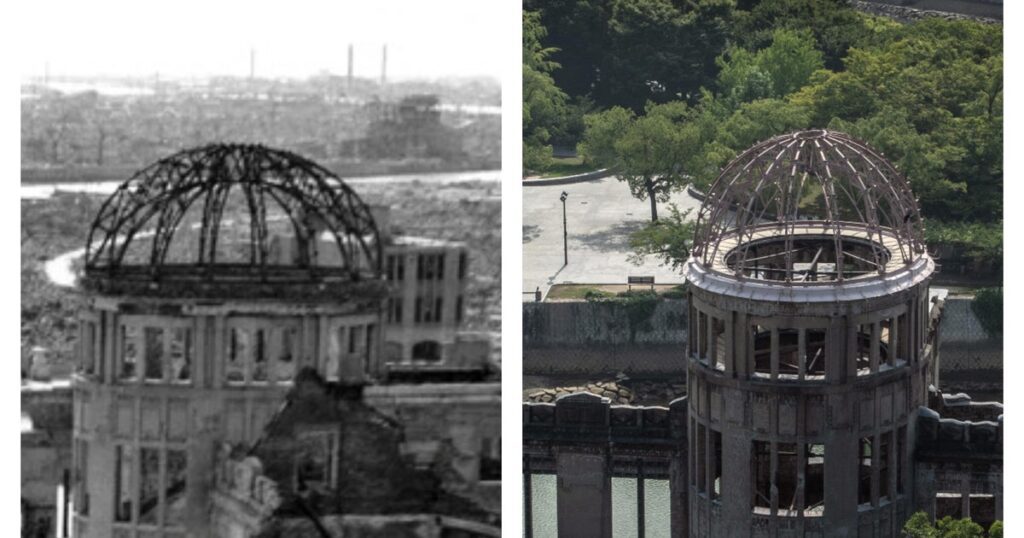On August 6, 1945, the United States dropped the atomic bomb “Little Boy” on Hiroshima from the Enola Gay bomber, followed by “Fat Man” on Nagasaki three days later. These bombings resulted in approximately 210,000 deaths, primarily among Japanese civilians and forced Korean laborers, due to immediate impact and radiation effects. Survivors faced long-term health issues, including cancer and lost pregnancies.
The Hiroshima Prefectural Industrial Promotion Hall, which survived the blast, stands today as a symbol of resilience. In contrast, Nagasaki experienced less destruction due to its geography, yet 27% of its buildings were still lost. Recovery efforts in both cities began slowly, with significant rebuilding taking place post-war.
Currently, Hiroshima boasts a population of about 1.2 million, while Nagasaki has approximately 263,000 residents. As the 80th anniversary of the bombings unfolds, global tensions continue with nine nations having nuclear weapons, and concerns over the potential for nuclear conflict persist. At a recent commemoration, Hiroshima’s mayor emphasized the need to heed the lessons of the past to foster peace.
Source link


